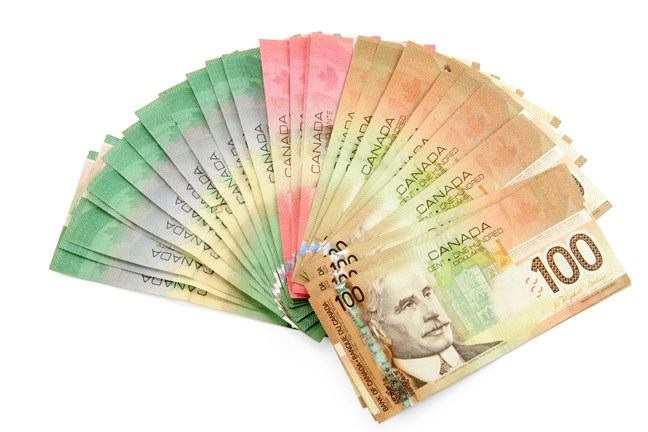The commodity bear market that began in 2011 has not been kind to the Canadian dollar, but the epic collapse in the price of oil which started in 2014 has been downright nasty.
Canada is a net exporter of oil and other commodities, which are priced in U.S. dollars. We sell more resources to the rest of the world than we buy and when demand for those resources is high, so is the demand for our beloved loonie. It works the other way too.
The result is our domestic currency tends to follow what commodities are doing and oil in particular. Over the last five years, our dollar has had a 54 per cent correlation to the price of oil. That is to say, 54 per cent of the time our loonie moves in the same direction as oil. Over the past year, that correlation has jumped to 69 per cent.
Oil is the biggest driver of the Canadian dollar right now, so as goes crude oil, so goes the Canadian dollar.
The next biggest factor is central bank policy. Former Bank of Canada governor Mark Carney, who now heads up England's top bank, maintained a tightening bias during his tenure. This kept currency traders from dumping the loonie, as Carney was constantly warning of higher interest rates (higher interest rates are good for a currencies' value). But when Stephen Poloz took over in 2013, the market rightly interpreted an easing bias and the Canadian dollar slid.
The fear was realized early last year after the Bank of Canada cut rates twice to spur the economy in response to falling oil prices and a technical recession. From the start of 2015 to January of this year, our currency lost 20 per cent of its value. So far in 2016, however, the Canadian dollar has risen with the price of oil. The economy has rebounded as well, so the market no longer expects further interest rate cuts. All of this is supportive of the Canadian dollar and is why it has rallied about six per cent year-to-date relative to the U.S. dollar.
Where the loonie goes from here will largely depend on the price of oil. In the unlikely scenario that oil goes back to $100 per barrel, you can expect our dollar to rise significantly. A more likely scenario is one in which oil trades between $40 and $60 per barrel, spending more time towards the lower bound. This is where we find ourselves today. The loonie costs about 76 cents per $1 (U.S.) right now and the longterm average over the last 25 years has been 81 cents.
It appears we're close to fair value here and big directional calls on the currency should be avoided. If you or someone you know is thinking about converting U.S. dollars in the near future, the strategy we recommend is to dollar cost average and convert set amounts over a period of months.
For those not in a hurry, waiting for oil to recover might be your best play. Despite the many moving parts and political aspects to oil prices, there is an old saying: "the cure to low oil prices is low oil prices."
Lori Pinkowski is a senior portfolio manager and senior vice-president, Private Client Group, at Raymond James Ltd., a member of the Canadian Investor Protection Fund. This is for informational purposes only and does not necessarily reflect the opinions of Raymond James. Past performance is not necessarily indicative of future performance. Lori can answer any questions at 604-915-LORI or [email protected]. You can also listen to her every Monday morning on CKNW at 8:40 a.m.



